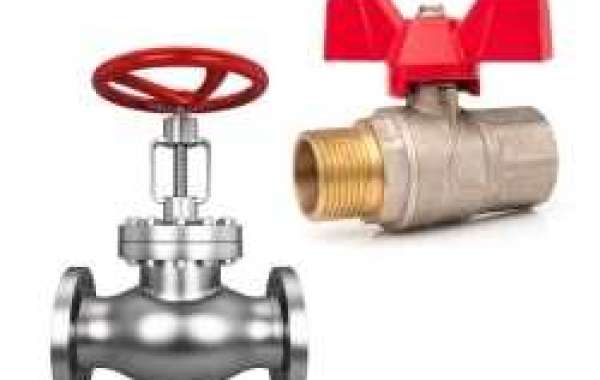An ultrasonic distance sensor is a versatile electronic device that measures the distance to an object or surface using ultrasonic waves. It employs the principles of sound reflection and time-of-flight calculations to determine the distance accurately. These sensors are widely used in a variety of applications, ranging from industrial automation and robotics to automotive and consumer electronics.
The working principle of an ultrasonic distance sensor involves two main components: a transducer and a microcontroller. The transducer functions as both a transmitter and a receiver of ultrasonic waves. It typically consists of a piezoelectric crystal that can convert electrical energy into mechanical vibrations (transmit mode) and mechanical vibrations back into electrical signals (receive mode).
To measure the distance to an object, the ultrasonic sensor emits a short burst of high-frequency sound waves, usually in the ultrasonic range (above 20 kHz). These sound waves propagate through the air and travel towards the target object. When they encounter the object's surface, some of the sound waves get reflected back towards the sensor's receiver.
The sensor's microcontroller starts a timer as soon as the sound wave is emitted. Once the reflected sound wave reaches the receiver, the microcontroller stops the timer. By measuring the time taken for the sound wave to travel from the sensor to the object and back, the microcontroller can calculate the distance using the speed of sound in the medium (typically air).
The speed of sound in air at room temperature is approximately 343 meters per second (m/s). Using this value, the distance (d) can be calculated using the formula:
d = (speed of sound × time of flight) / 2
Since the sound wave travels from the sensor to the object and then back to the sensor, we divide the total time of flight by 2 to get the one-way distance.
Ultrasonic distance sensors are used in a wide range of applications due to their non-contact measurement capability, high accuracy, and ability to function in various environments. Here are some key applications:
Robotics and Automation: Ultrasonic sensors play a critical role in robotics and automated systems, where they help robots navigate and avoid obstacles. By continuously measuring distances to nearby objects, robots can adjust their trajectories to move safely and efficiently in their environment.
Proximity Sensing: In consumer electronics like smartphones, ultrasonic sensors are used for proximity sensing. They help in detecting the presence of objects near the device, allowing the screen to turn off during phone calls or adjusting volume levels based on the distance of the user's ear.
Parking Assistance: In automotive applications, ultrasonic distance sensors are commonly used in parking assist systems. They help drivers park their vehicles safely by providing real-time feedback on the distance between the car and obstacles.
Industrial Level Sensing: Ultrasonic sensors are utilized in industrial settings to measure the level of liquids and bulk materials in tanks and silos. They are particularly useful in environments with harsh conditions or when the measured substances are corrosive or hazardous.
Object Detection and Sorting: In manufacturing and production lines, ultrasonic sensors are employed for object detection and sorting tasks. They can identify the presence and position of items, facilitating efficient automation and quality control processes.
Flow Measurement: In open-channel flow measurement, ultrasonic sensors can determine the flow rate of liquids in rivers, streams, and wastewater channels. By measuring the time taken for sound waves to travel across the flow, the sensor can calculate the flow velocity and subsequently the flow rate.
Medical Imaging: Ultrasonic distance sensors are a key component in medical ultrasound imaging devices. They generate and receive ultrasonic waves to visualize internal structures and organs in medical diagnostics, providing valuable information for healthcare professionals.
In conclusion, ultrasonic distance sensors are versatile devices that employ the principles of sound reflection and time-of-flight calculations to measure distances accurately. They find applications in robotics, automotive, consumer electronics, industrial automation, and medical imaging, among others. Their ability to perform non-contact measurements and operate in various environments makes them an indispensable tool in modern technology, enhancing safety, efficiency, and precision across a wide range of industries.








